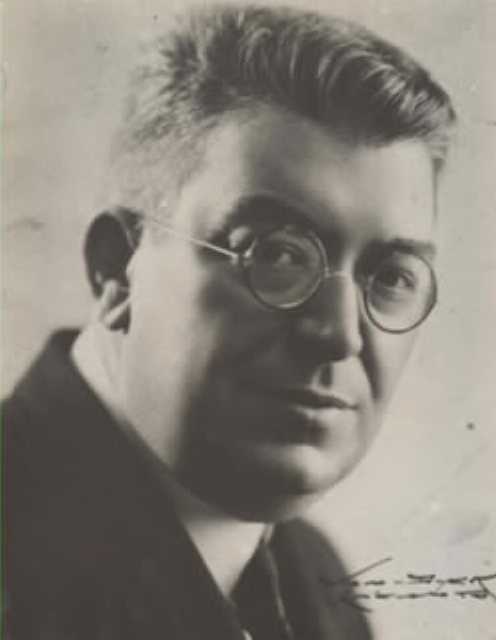4.4.2 The essays of Fernando Ortiz (1881 – 1969), essential features

Fernando Ortiz left behind a body of essays of enduring significance for the national culture, which he studied in its various roots and simultaneously contributed to a vast body of scholarly and humanistic documentation, focused on and grounded in knowledge from the most diverse areas of epistemology. In this sense, he was a pioneer of interdisciplinary studies in Cuba and, in general, of a relational and open view of the cultures of the peoples.
Although he studied Hispanic culture during his time living on the Iberian Peninsula and explored some of its cultural zones, his fundamental interests lay in African culture, or more precisely, Afro-Cuban culture, as the former motivated him more to the extent that it had influenced national history and the sediments of our culture, which was evidently of a mestizo nature.
The thematic and disciplinary interests he cultivated were multiple, including criminology, anthropology, Afro-Cuban studies, psychology, sociology, ethnography, linguistics, history and, in general, all those gnoseological spaces that allowed him to shed light on his object of research, as diverse as the field of disciplines in which he developed with such ease and rigor.
His essay work moved from the field of criminology to sociological studies with a broad cultural foundation, within which he made numerous discoveries but above all left behind a perspective of assimilating otherness and diversity as an example of a humanistic attitude, of scientific, cultural, and literary openness, in a vein of textual expression that would become increasingly refined and concur in the literary field.
Knowing that Ortiz’s work cannot be fragmented into isolated themes, precisely because he sought to integrate knowledge to address the human at all levels and nuances, we offer, for educational purposes, his most important contributions to specific disciplines and areas of study.
The following quote from Rubén Martínez Villena perhaps best reflects the need to give the outstanding figure of Fernando Ortiz his due:
“Tomorrow, when the good guys triumph (the good guys are the ones who win in the long run); when the gloomy horizon clears and the dust of false idols is swept away; when the men who wore intellectual or patriotic masks but were mud and sawdust inside roll into pious oblivion, the figure of Fernando Ortiz, with all the solidity of his talent and character, will remain standing on the old rubble and will be chosen by the reconstructive youth to serve as one of the pillars upon which the New Republic rests.”








